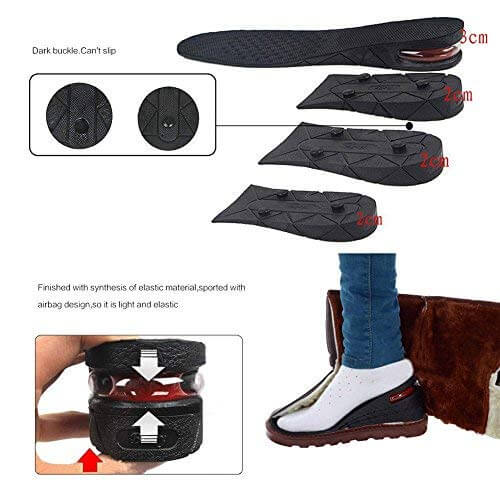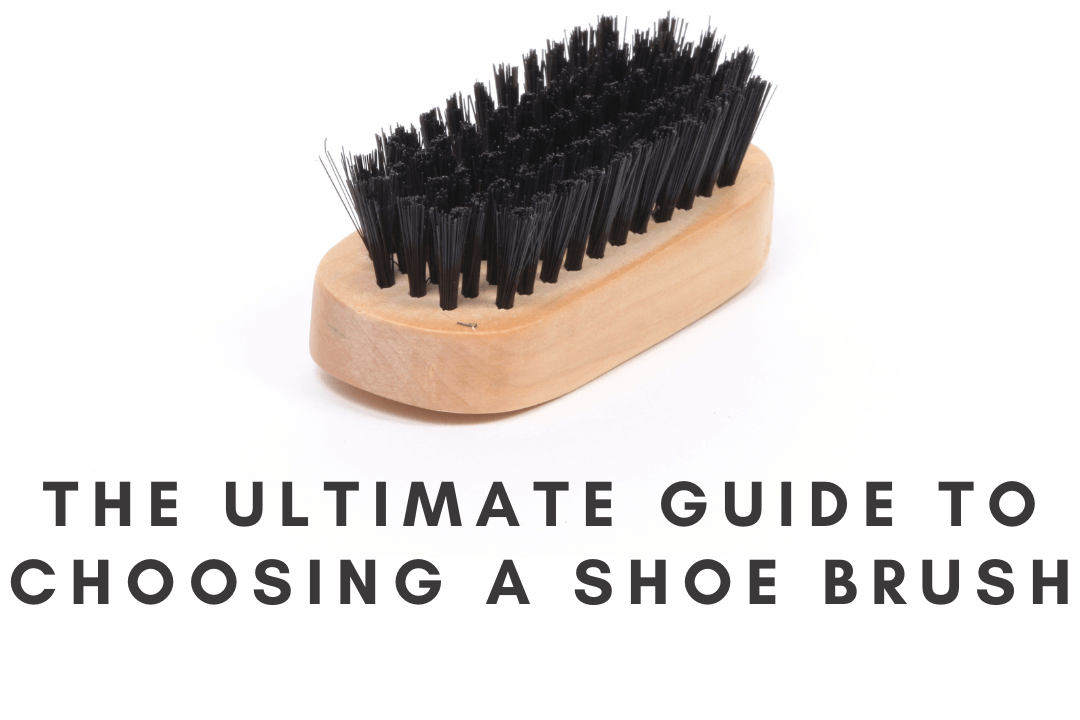The Ultimate Guide to Shose Insoles

Comfort is essential when choosing shoes.
Having the proper insoles can significantly improve your overall comfort and foot health, whether you’re an athlete, a professional who spends all day on their feet, or someone who enjoys taking long walks.We will look deeply into the topic of “Shoes Insoles” in this blog post and provide you a detailed how-to for selecting the best insoles for your shoes From understanding the benefits and types of insoles to answering frequently asked questions, this article will equip you with the knowledge to make informed decisions and step into a world of comfort.
Table of Contents

1. Benefits of ‘Shoes Insoles’
*Having the right insoles can provide numerous benefits for your feet and overall well-being. ‘Shoes Insoles’ offer the following advantages:
*Improved comfort and cushioning.
*Enhanced shock absorption to reduce impact on joints.
*Proper arch support for better alignment.
*Alleviation of foot pain and fatigue.
*Prevention and management of foot conditions.
*Customizable options for personalized comfort.
2. Types of ‘Shoes Insoles’
Understanding the different types of Insoles can help you choose the right ones based on your specific needs. Here are the main types:
Arch Support Insoles: Designed to provide support to your arches and distribute weight evenly, these insoles are beneficial for individuals with flat feet or high arches.
Insoles with additional comfort and shock absorption, or cushioned insoles, are perfect for persons who spend a lot of time on their feet or participate in high-impact activities.
Orthotic Insoles: Recommended for individuals with specific foot conditions, orthotic insoles provide targeted support and help correct biomechanical imbalances.
Heel Cups and Inserts: Focused on heel comfort and pain relief, these insoles are excellent for individuals suffering from plantar fasciitis or heel spurs.
3. How to Choose the Right Insoles
Selecting the right Insoles is crucial for maximum comfort and effectiveness. Consider the following factors when choosing your insoles:
Foot type and arch: Determine whether you have high arches, low arches, or flat feet to find insoles that offer appropriate arch support.
Activity level: Consider your daily activities and choose insoles that cater to the impact and stress your feet endure.
Foot condition: If you have any specific foot conditions or ailments, consult with a healthcare professional to find insoles that address your needs.
Shoe type: Ensure the insoles are compatible with the shoes you plan to wear them in, whether it’s athletic shoes, dress shoes, or casual footwear.
4. Common Foot Problems and ‘Shoes Insoles’ Solutions
The usage of “Shoes Insoles” can help to treat or prevent a number of foot issues. this can help with the following typical foot problems:
Plantar fasciitis: Arch support and soft insoles can help lessen the discomfort and swelling brought on by plantar fasciitis.
Metatarsalgia: Cushioned insoles that offer metatarsal support can distribute pressure evenly and relieve pain in the ball of the foot.
Overpronation and Supination: Insoles with corrective features can help address biomechanical imbalances and improve gait.
Flat Feet: Arch support insoles provide the necessary lift and stability for individuals with flat feet, reducing strain on the foot’s soft tissues.
Heel Pain: Heel cups and inserts can provide targeted cushioning and support to alleviate heel pain caused by conditions like plantar fasciitis or heel spurs.
5. Tips for Proper Insole Placement
To maximize the benefits of ‘Shoes Insoles’ and ensure proper foot alignment, follow these tips for correct insole placement:
*Remove the existing insoles from your shoes before inserting the ‘Shoes Insoles.’
*Position the insoles with the arch support aligned with the natural arches of your feet.
*Ensure the insoles cover the entire length of the shoes and sit securely without slipping or bunching up.
*Make necessary adjustments for a comfortable fit, trimming the insoles if needed according to the guidelines provided.
6. Maintenance and Longevity of ‘Shoes Insoles’
To extend the lifespan of your ‘Shoes Insoles’ and keep them in optimal condition, follow these maintenance tips:
Regularly clean the insoles with mild soap and water to remove dirt and odor.
Before replacing the insoles in your shoes, let them completely dry out in the air.
Avoid exposing the insoles to direct sunlight or high heat sources, as this can cause damage.
Replace the insoles periodically or when they show signs of wear and tear, as worn-out insoles can compromise their effectiveness.
7. Frequently Asked Questions (FAQs)
Here are some frequently asked questions about ‘Shos Insoles’ along with their concise answers:
Q: How long do ‘Shoes Insoles’ last?
A: The longevity of ‘Shoes Insoles’ depends on factors such as usage frequency, intensity, and maintenance.They can last anywhere from six months to a year on average.
Q: Can ‘Shos Insoles’ fit in any type of shoe?
A: ‘Shos Insoles’ offer a variety of sizes and designs to fit different shoe types, including athletic shoes, casual footwear, and certain types of dress shoes.
Q: Are ‘Shoes Insoles’ suitable for people with sensitive feet?
A: Yes, ‘Shoes Insoles’ provide various options, including softer materials and extra cushioning, to accommodate individuals with sensitive feet.
Q: Can I transfer ‘Shoes Insoles’ between different pairs of shoes?
A: In most cases, ‘Shoes Insoles’ can be transferred between shoes. However, it’s recommended to have dedicated insoles for each pair to ensure proper fit and alignment.
Q: Are ‘Shoes Insoles’ customizable?
A: Some ‘Shoes Insoles’ offer customization features, allowing you to trim them for a more precise fit or adapt them to specific foot conditions.
Q: Can ‘Shoes Insoles’ completely eliminate foot pain?
A: While ‘Shoes Insoles’ can significantly alleviate foot pain


Also Read –Unveiling the Magic of Shoe Paint: Transforming Your Footwear with Style and Creativity













1 Response
[…] Exploring Different Types of Shoe Insoles […]